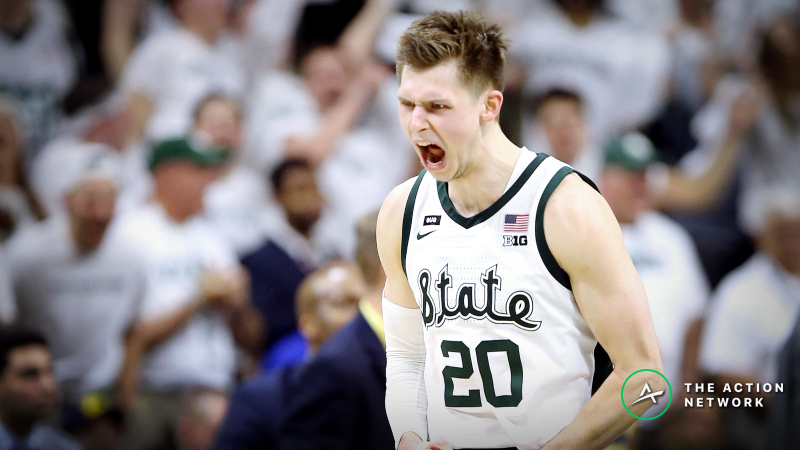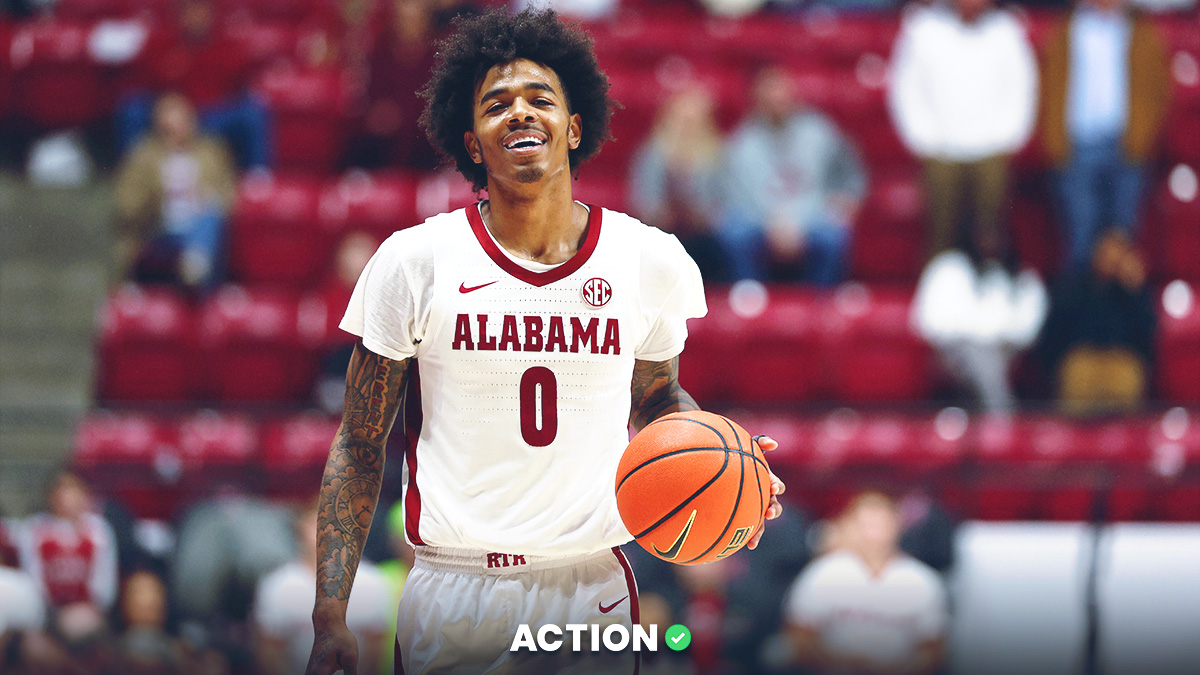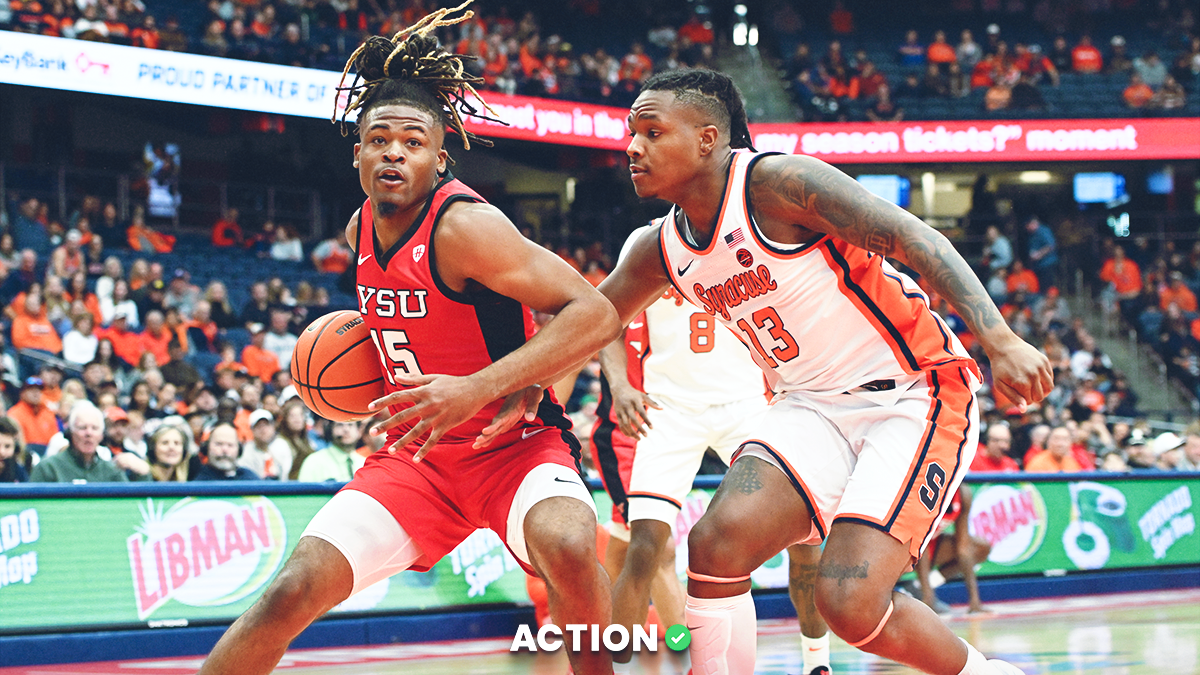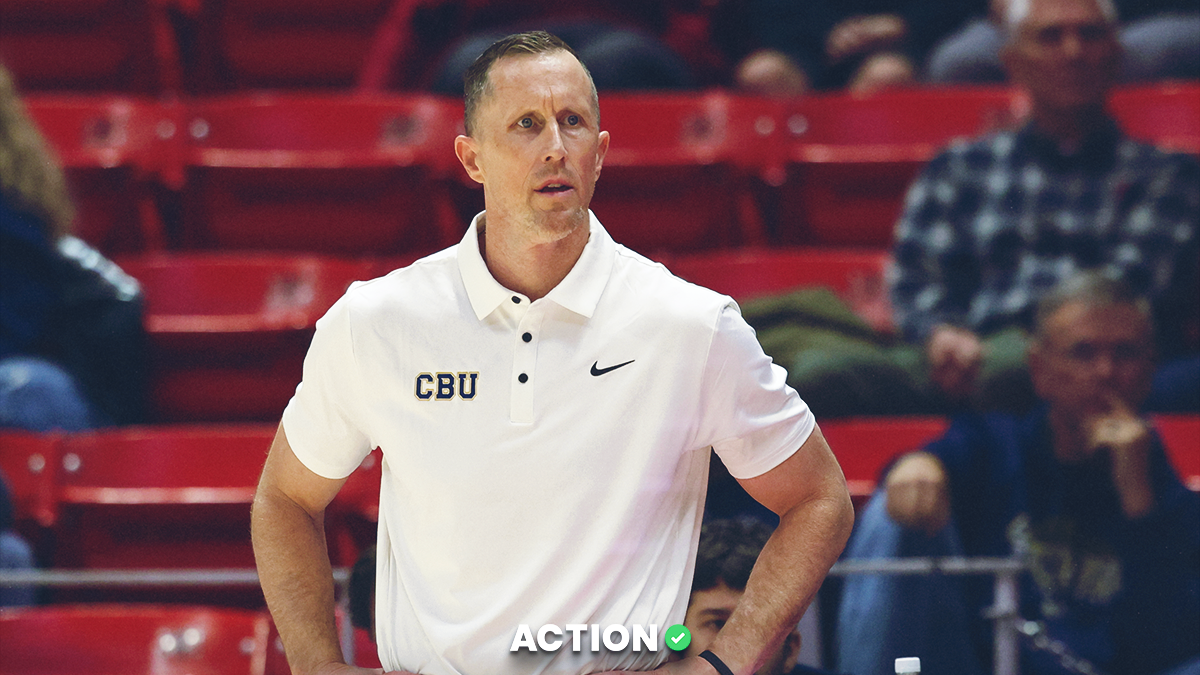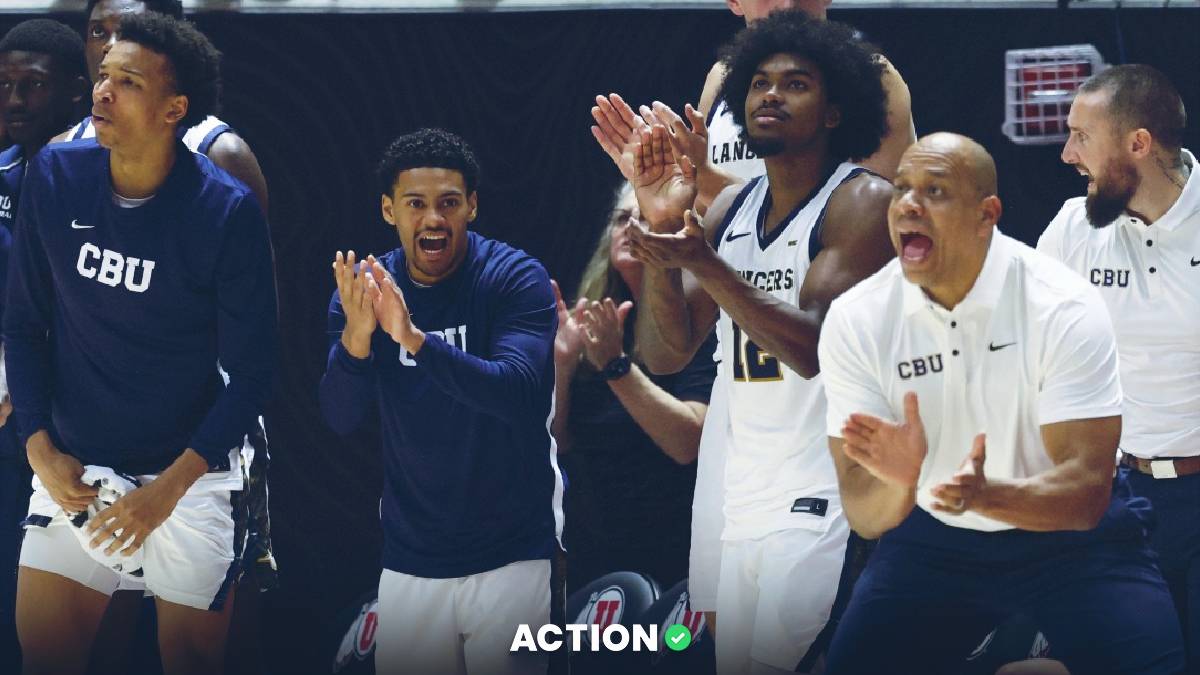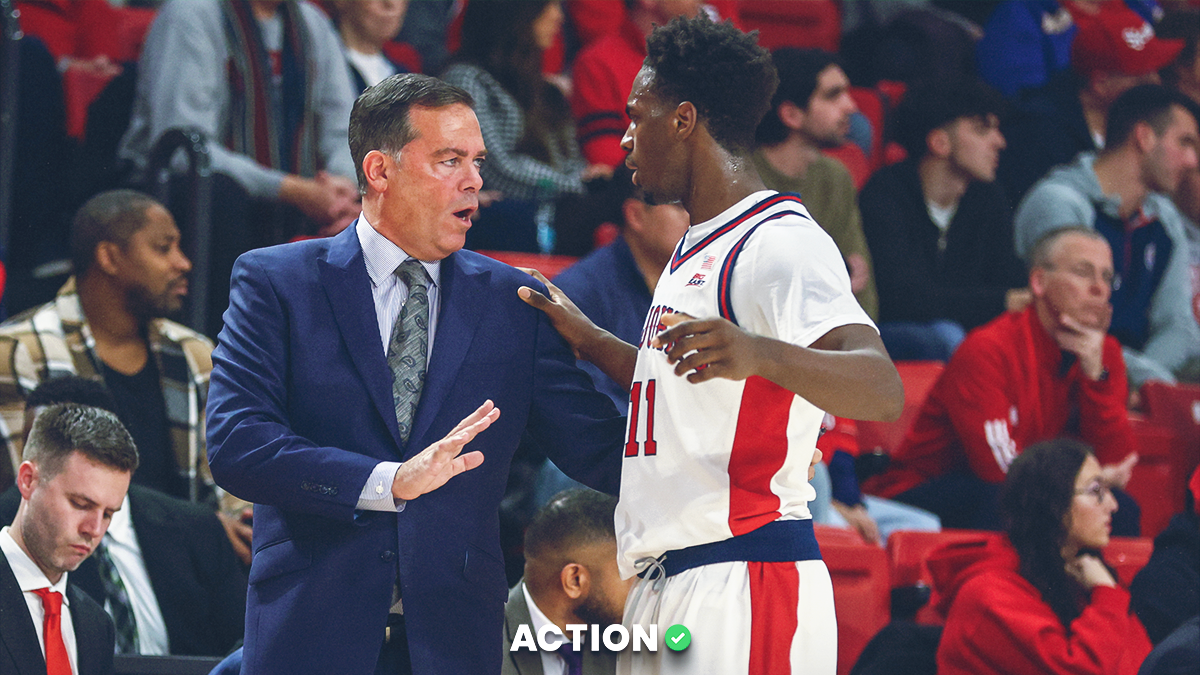- Some big betting edges can be found not in full-game spreads and totals, but in betting first-half lines.
- Below, I'll walk through some first-half spread and over/under systems that have been historically profitable in NCAA Tournament games.
Full-game spreads and totals are typically the most efficient betting lines in the market because of the amount of action on them, which means the further we move away, the bigger potential edge we might have.
You know what that means: Let's talk about some first-half systems.
I've researched a couple angles regarding first-half spreads and totals, which I'll walk through below. Feel free to add them to Bet Labs so you can be alerted on matches throughout the Big Dance, or add them and tweak them to your own liking!
Bet First-Half Unders on Public Overs
I have just one over/under system for you, so let's knock that one out first. This one is easy: When the full-game over/under is moving toward the over, bet on the under in the first half.
The unders in this spot have hit at a 59.9% rate since 2010, good for a 14.6% Return on Investment (ROI). Note that this system has been a bit volatile over the years, however. Last year, unders went 20-8 but in 2016 went just 12-21-1. The larger sample says there's an edge here, but this is a system to monitor and play around with.
There are five matches for Thursday's slate, two of which are listed below. For all matches, subscribe to Bet Labs.
- Under 67.5 in Auburn-New Mexico St., March 21 at 1:30 p.m. ET
- Under 66.5 in Wofford-Seton Hall, March 21 at 9:40 p.m. ET
Bet Unpopular Teams Against Bad ATS Opponents
Alright, let's move to some spread systems. This first one is also incredibly system: It has been profitable historically to bet unpopular teams (less than 50% of spread bets) when they're playing poor ATS opponents:
This system has hit at a 61.3% rate historically, good for a 18.0% ROI. Unlike the system above, this has been profitable nearly every season since 2010; it has gone 27-18-2 in the last three tournaments.
There's three matches for the first round so far, one of which I'm listing below:
- Purdue -7 vs. Old Dominion, March 21 at 9:50 p.m. ET
In Day Games, Bet on the Great Teams
Another simple one: For whatever reason, in day games it has been profitable to bet the spread on the country's best teams — those with a win rate of 75% or higher on the year.
I'm not 100 percent sure why they do better in day games — perhaps it's because night games (after people are off work and watching) are bet more often — but the data suggests there's something here.
These favorites have covered the spread at a 57.3% rate historically, good for a 9.5% ROI. Over the last five tournaments, these teams have gone 51-35 against-the-spread for a 13.8% ROI.
There's a bunch of matches for the first round, and I'll list two below:
- LSU -3.5 vs. Yale, March 21 at 12:40 p.m. ET
- Michigan State -10.5 vs. Bradley, March 21 at 2:45 p.m. ET
Fade Conference Tournament Winners in Round 1
This is an interesting one. I wanted to see how opponents playing conference tournament champs fared against the first-half spread historically. Does recency bias creep in and give value to the other side? It seems it does:
Those opponents have hit at a 56.4% rate historically. I will note that there's a filter in that trend that looks just for conference tournament winners. If we tweak it a bit to include all teams coming off a win into the first round — so it'll include play-in game winners as well — the ROI jumps a bit to 59.2%.
Also, the system above is looking at teams that won their last game by at least four points. If you increase that margin to eight or more points — so teams that really took care of business — the ROI jumps very significantly, although the sample size decreases as well. It seems recency bias is indeed a thing here.
There are a bunch of matches, one of which I'm listing below:
Michigan -8.5 vs. Montana, March 21 at 9:20 p.m. ET
Postseason Revenge Games
One final one, which is really more for fun than actual applicability given the incredibly small sample size. I used the following trend a lot in conference tournaments last week, but it also applies to the few rematches in the Big Dance, too.
When a team loses and fails to cover against an opponent and then faces them again in the postseason, they crush against the first-half spread. Again, the sample size is tiny but in NCAA Tournaments these teams are a perfect 8-0 in this spot.
Happy betting!


